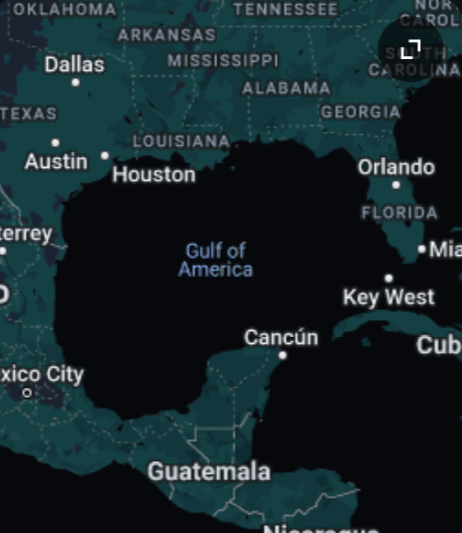Pine or plastic? which tree is more harmful to the environment
Photo Credits: Davidson Christmas Tree Farm
Pictured above is a photo of one of the largest “cut your own” tree farms in Maryland. Davidson Christmas Tree Farm opened for their 52nd season on Nov 23 and they will be open everyday until december 23.
December 10, 2020
Ahh yes, December; a time filled with candy canes, presents, good cheer, and loads of trash. The age old tradition of Christmas has been around since the year 336 when ancient romans recorded the first known christmas celebration whilst under Constantine (being that he was the first Christian Roman emperor) however, according to Britannica the tradition of gift giving was not popularized until the early 1800’s.
For many centuries gift giving was a tradition on december 6 due to Saint Nicholas day however, the tradition of exchanging gifts for christmas grew exponentially in popularity due to the 1823 poem “The night before christmas” by Clement Clarke Moore and again in 1843 when the novella “ A christmas carol” was released.
With the tradition of gift giving growing in popularity the tradition of gift boxes and wrapping paper also grew exponentially during the rise of Christmas.
The University of Stanford revealed in a question and answer on their website that Americans throw away 25% more trash during the Thanksgiving to New Years Eve timezone than any other time of the year, this amounts to over 25 million tons of garbage or over 1 million extra tons a week!
The trash from your brand new Iphone is not the only thing loading the landfill however, according to Phs Wastekit, over 6 million trees are thrown away each and every year and over 14% of people surveyed in 2017 claimed they throw away their plastic trees rather than reusing them the next year.
The sale of natural trees stayed around the same at 23.4 million annually from 2003-2017 meanwhile the sale of artificial trees increased from 7.3 million to 9.6 million fake trees sold each year in that same time period (via The National Christmas Tree Association.)
Cutting down trees may seem bad for the environment however, the trees harvested for Christmas are planted on farms just as corn or lettuce is rather than being cut from forests on a large scale, said Bert Cregg, an expert in Christmas tree production and forestry at Michigan State University.
Natural Christmas trees also provide many benefits to the environment as they provide oxygen for us to breathe as well as providing watershed and habitats for wildlife.
A five or six foot tree takes approximately a decade to grow and once they are cut down, farmers often plant at least one tree in its place however this number is subjective and ranges from farmer to farmer (via The New York Times.)
Now lets flip the script, a recent survey by The American Christmas Tree Association found that three quarters of American households have a christmas tree on display and around 80 percent of those trees were artificial trees. Artificial trees have been said to reduce the environmental impact to lower than that of a real tree if used for more than five years, according to the ACTA.
Junior Lahela Thomas claimed “Real Christmas trees do have some cons to go along with such as some insects may find their way into your home from the trees” as well as claiming “Fake Christmas trees are an investment, you pay a little extra now and it can be used years later.”
Artificial trees are more convenient than a real tree and can even actually be cheaper depending the brand and size however their benefits on the environment are limited due to the fact that most are made from metal or plastic which once thrown away can be very harmful for the environment as well as being heavily manufactured in China meaning international transportation which could potentially be harmful to the environment due to carbon emissions.

















